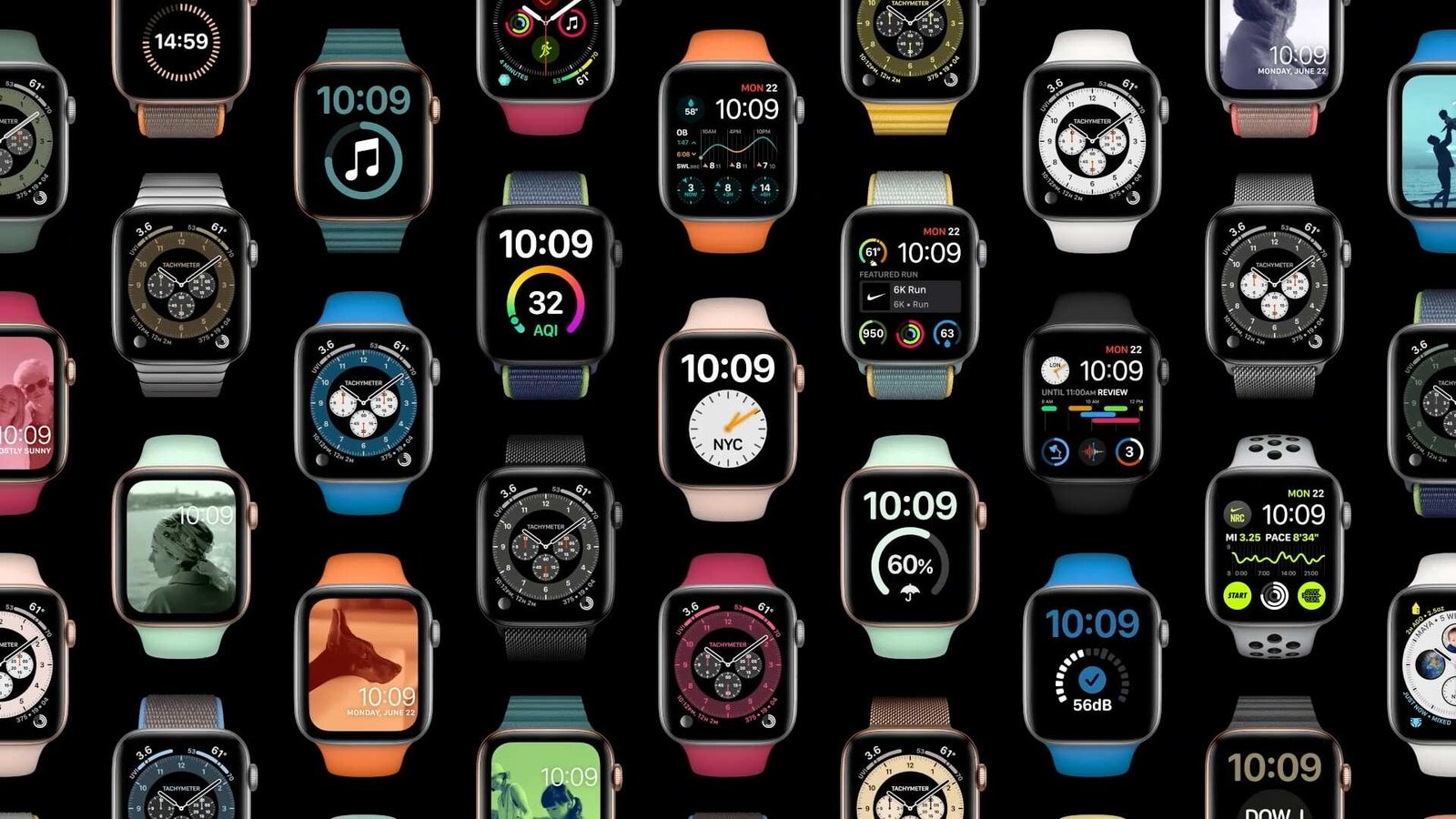Planet of the apps: See what the average day will look like in five years
As the sci-fi writer William Gibson put it: The future is already here — it’s just not evenly distributed.
Well then, based on AI progress, the diffusion path of innovations, and observed consumer behaviour, what will the average day look like, five years from now?
For one thing, artificial intelligence will be everywhere — in digital assistants, smart products and devices, augmented reality and virtual reality, in workplaces, public spaces, transport infrastructure, healthcare, learning environments and more.
We will know where almost everything and everyone is at all times.
All of which will have its risks. There will be viruses and attacks against smart devices. Sadly, digital crime will be a lucrative and relatively safe career option. There will be instances where we will be caught in the crosshairs of unresponsive systems, unreliable technology, and unforeseen edge-use cases.
Then we’ll wonder, as Gandhi did, whether there shouldn’t be more to life than simply increasing its pace.
We will face other uneasy questions. About the quality-of-life differentials between the haves and have-nots; questions that we are already uncomfortable asking.
Personally, we will have to worry about being good users of apps, to avoid being placed in a low-priority queue. We are already but a step away from social credit scores.
Our courts will start to adjudicate issues such as whether an Uber rating may be contested.
It will become harder to opt out of this techno-future. AI will leave no one untouched. Wealth and awareness will allow only for some measure of control.
Still, all in all, I believe that AI and technology will act as positive forces. They will make passable (if not good) writers, poets, painters and programmers of us all.
Errands will move online, and we won’t need to monitor many of them. An AI assistant will have updated lists of suggestions for what to buy a loved one. No one will ever forget a birthday or miss an anniversary.
The individual components required to make all this a reality are already here. (For the purposes of this projection, we have not factored in technologies currently in the lab, such as brain-computer interfaces like Neuralink.) Some of the components have been around for a few years. They will move into the mainstream, as imaginations expand and companies shift focus to a seamless user experience.
Take a look, then, at what the average day might look like by 2030.
At home
Smart beds (such as the Eight Sleep, which costs about ₹1.5 lakh in India) will cool and heat differentially based on user preferences. An inbuilt alarm will read sleep patterns and wake you in the nearest phase of light sleep.
Based on whether one tossed and turned or slept well, the mattress will recommend an extra shot of caffeine (a suggestion that might earn you censure from your fitness tracker).
Self-converting furniture will see beds fold away, dining tables and work stations emerge at pre-set hours, chairs stack or align themselves. No amount of tech can produce new land, but this will make even the small flats feel more spacious.
A camera-linked app will scan food on a plate to calculate calories and adjust the next few workout routines accordingly.
Smart fridges, ovens and coffee-makers will speak to each other, turning on at the times when they are most likely to be used; turning off or altering settings automatically, based on authentication factors such as the user’s biometrics.
Interestingly, there are no affordable robots on the horizon to wash dishes, iron clothes or cook. Hardware continues to lag, in pace of progress. And household chores require such balance, literal and metaphorical, that these remain some of technology’s hardest challenges to solve.
At work
Based on how one has slept and one’s energy levels, a smart calendar will reorganise meetings and tasks.
Email will be composed by (vastly improved) algorithms, based on the receiver’s preferred style. Partly as a result of this, a lot of communication will start to sound both alarmingly and monotonously similar.
We will process information and data by converting text into audio, audio into text, both into video, and video into different languages, based on what works for each user.
AI-generated templates will form the baseline of most knowledge work-related tasks: writing, presentations, code, designs, sales pitches.
Performance at work will be evaluated by an algorithm. Bonuses and hikes will be determined by one too.
The expiry date for skills will get even shorter. We will have to keep going back to school.
Learning curves
Virtual-reality labs will allow students to better experience how things work. Learn-by-simulation will replace learn-by-rote, for a lucky few.
Personalised e-tutors, often in the form of celebrity avatars, will teach and motivate young minds.
A wealth of learning materials, in a range of formats — text, visuals, video, audio, AR/VR, games — will be available. This will be of particular benefit to children who are specially abled or on the autism spectrum.
Continuous microlearning, catered to short attention spans and available on phones, will be the norm.
Industrial workers will use AR/VR simulators to complete training, on digital twins of the factory floor and equipment. Handymen will show up with AR headsets to repair appliances, with AI assisting in the task.
As knowledge workers compete with bots that are always on, existing work routines will be severely tested.
Social signals
Social-media algorithms will get even better at delivering dopamine hits. Digital detox and rehab camps will become more prevalent.
Social media will be rife with fake news and deep fakes as AI reduces the cost of content creation.
Deep fakes will be the new “foreign hand” cited by politicians.
We won’t know who or what to believe. News brands will seek to stand out amid the din, leveraging the faces and voices of trusted curators and editors.
Echo chambers will become more opaque. The gap between what we want to know and what we need to know will increase.
Young men who can’t find love in real life will become addicted to AI-driven companion bots.
Amid rising pollution levels, the Diwali show-offs will switch to LED drone shows.
Aye, aye, Coach!
Smart mirrors, toilets and weighing scales will monitor vitals, recommend health checks and adjust workout schedules based on the readings of the week, day and hour.
From annual health checks, we will enter an age of daily health updates.
Doctors and health insurers will want to see the data from wearable devices.
There will be AI coaches for every sport and exercise routine: cricket, chess, golf, tennis, yoga.
Smart prosthetics and assistive technology will improve quality of life for the physically challenged.
Animal lovers can rejoice – in silico testing (performed on AI models) will rise as an alternative to animal testing, at least in lower-risk industries such as cosmetics.
When it comes to pharmaceuticals, we will have to wait longer for personalised medicines. The science and economics of making this a reality will take longer to crack.
Retail therapy
Smart mirrors in trial rooms will suggest fashion that fits the wearer’s tastes and waist.
Digital assistants will keep an eye out for the best deals on wishlist items.
Recommendation algorithms will get better and it will be possible to do one’s monthly grocery shopping via subscription.
Ten-minute delivery will be executed by drones and humans working together. Bird lovers will file cases against operators, as the incidence of drone-bird conflicts rises.
AI celebrities will rise and shine. Human celebrities will offer synthetic versions too. The advertising industry will embrace Artificial Influencers. Avatars of superstars may turn up as holograms to wish a beloved wife a happy birthday, or dance at a daughter’s wedding.
Long-dead artists may return to life to “discuss” their work. There will be little their estates can do about it, at least at first.
AI-generated stories, songs and shorts will be formulaic. But algorithms may shine as the auteur’s muse, may be listed in credits, and will likely execute prosaic post-production tasks.
Going places
Cars will be computers on wheels, syncing with smart parking meters to find the best spot.
The flip side of this: Driving habits and histories – speeding, cutting lanes, breaking signals – will be available to insurers and the police. The risk of increased premiums and automatic fines could encourage saner behaviour on the streets.
Self-driving cars may not be able to handle the chaos and potholes of our roads, but we will likely have self-driving wheelchairs in airports, and smart tractors in the fields.
We will be able to make calls and use high-speed wi-fi during flights, thanks to Starlink and other satellite internet providers. Amidst the cacophony of the loud callers, we might long for the days of the one crying infant on the plane.
During flight seat selection, singles may swipe right to select who they’d like to sit next to. Airlines may auction seats next to a celebrity or VIP.
Smart tags will make lost luggage a thing of the past. Your bags may still end up at Heathrow instead of Hyderabad, but this will likely happen less often. And you’ll be able to see them take off in the wrong direction when it does.



